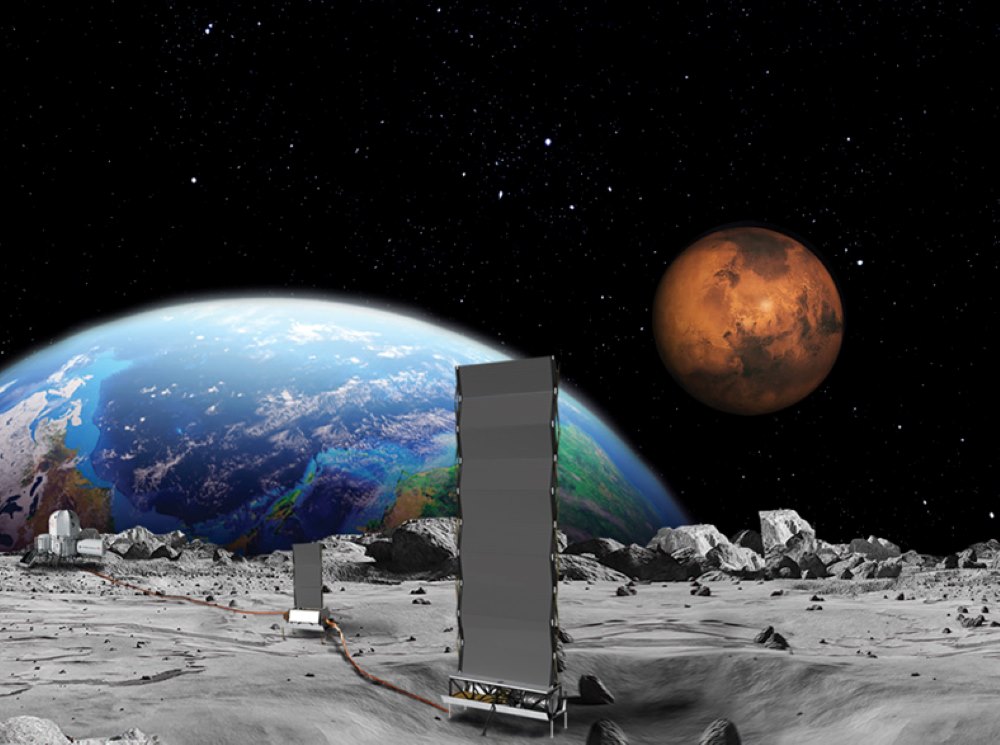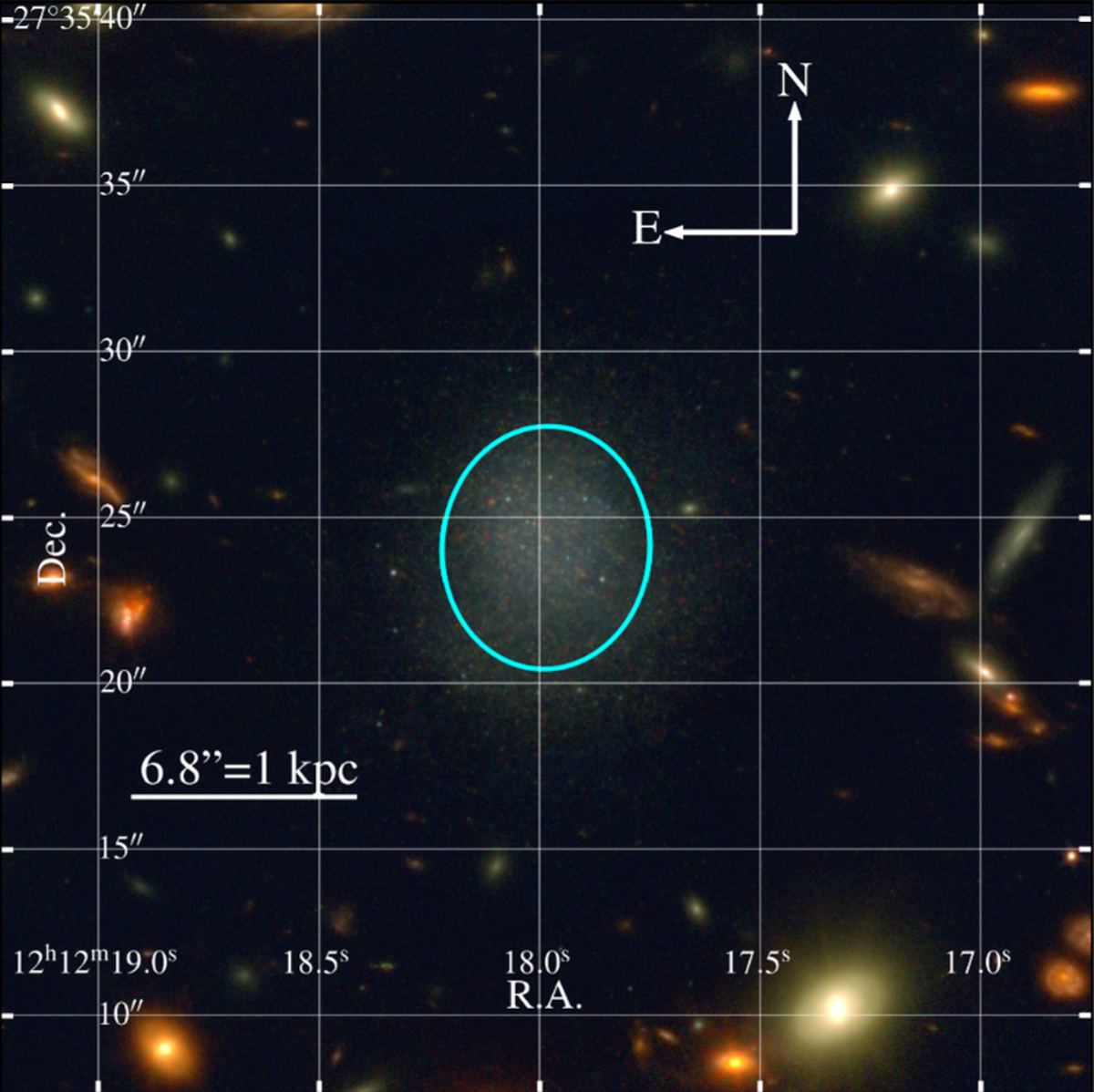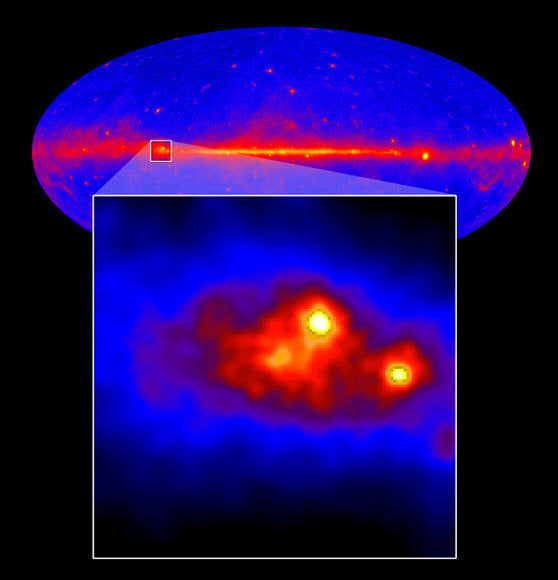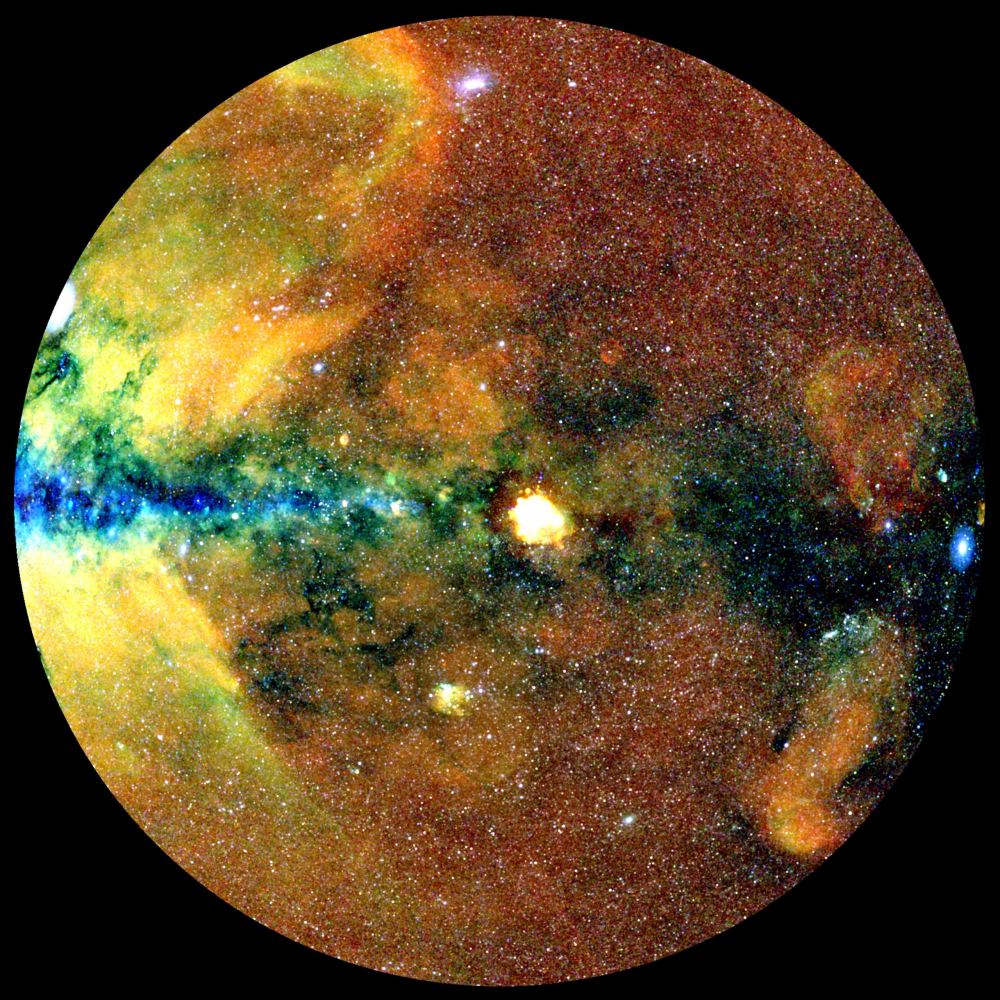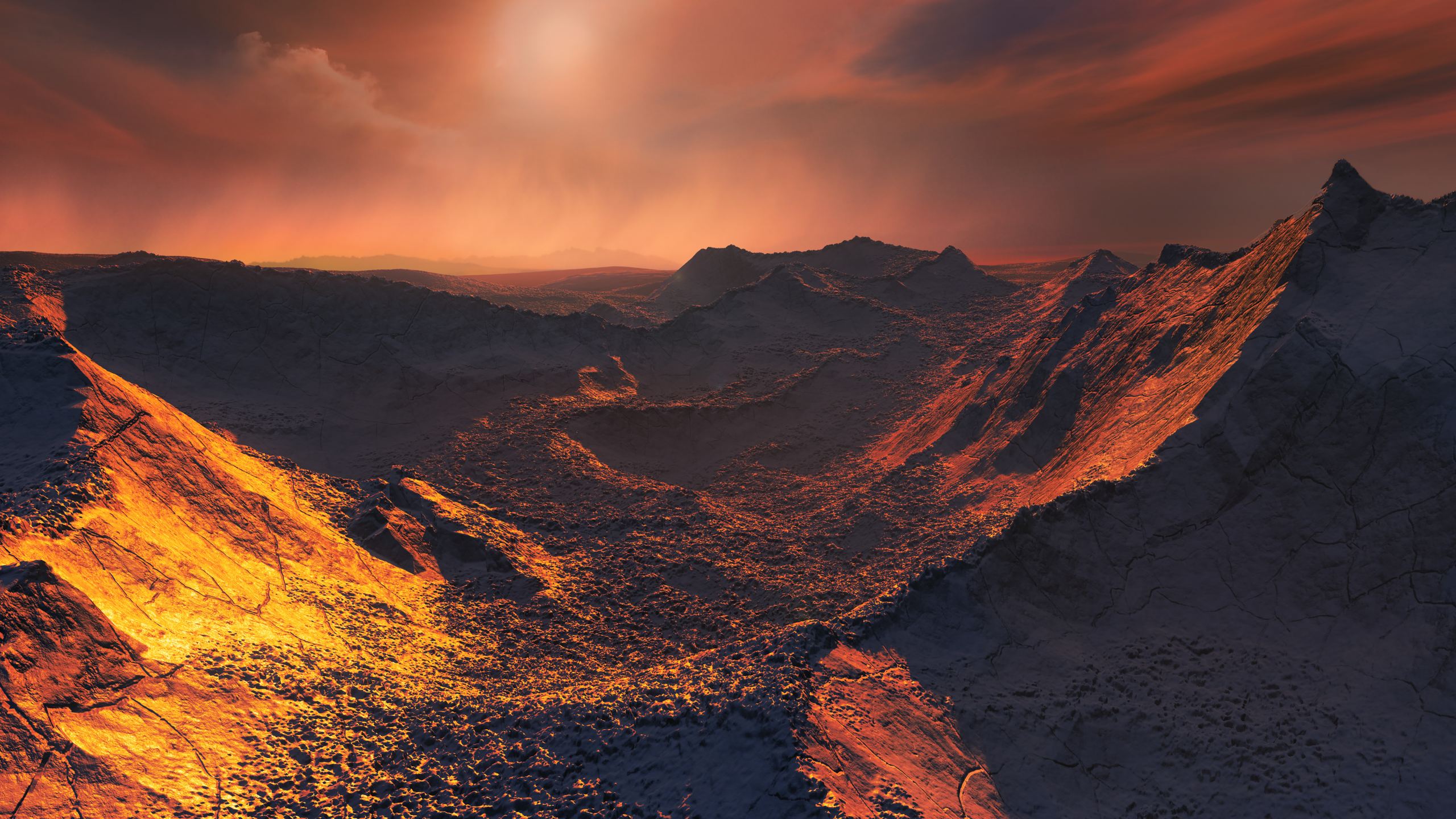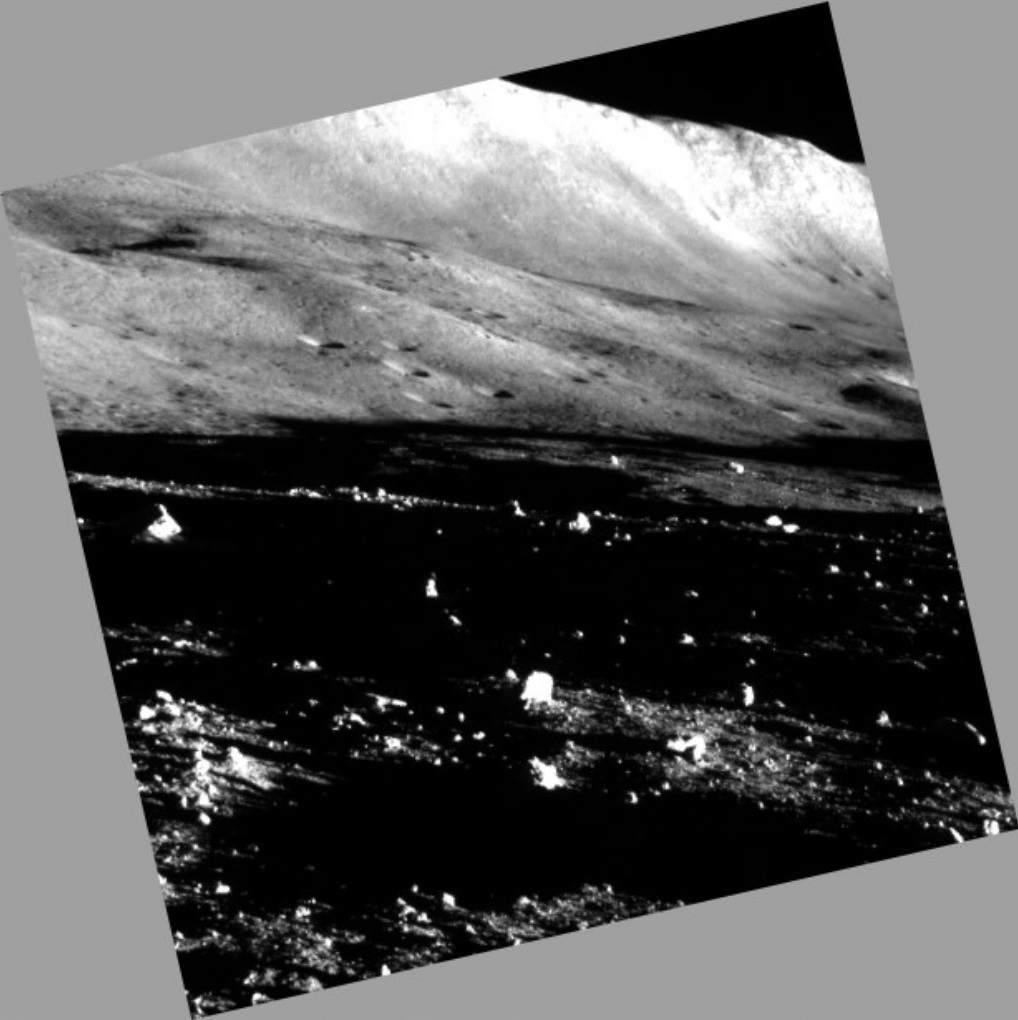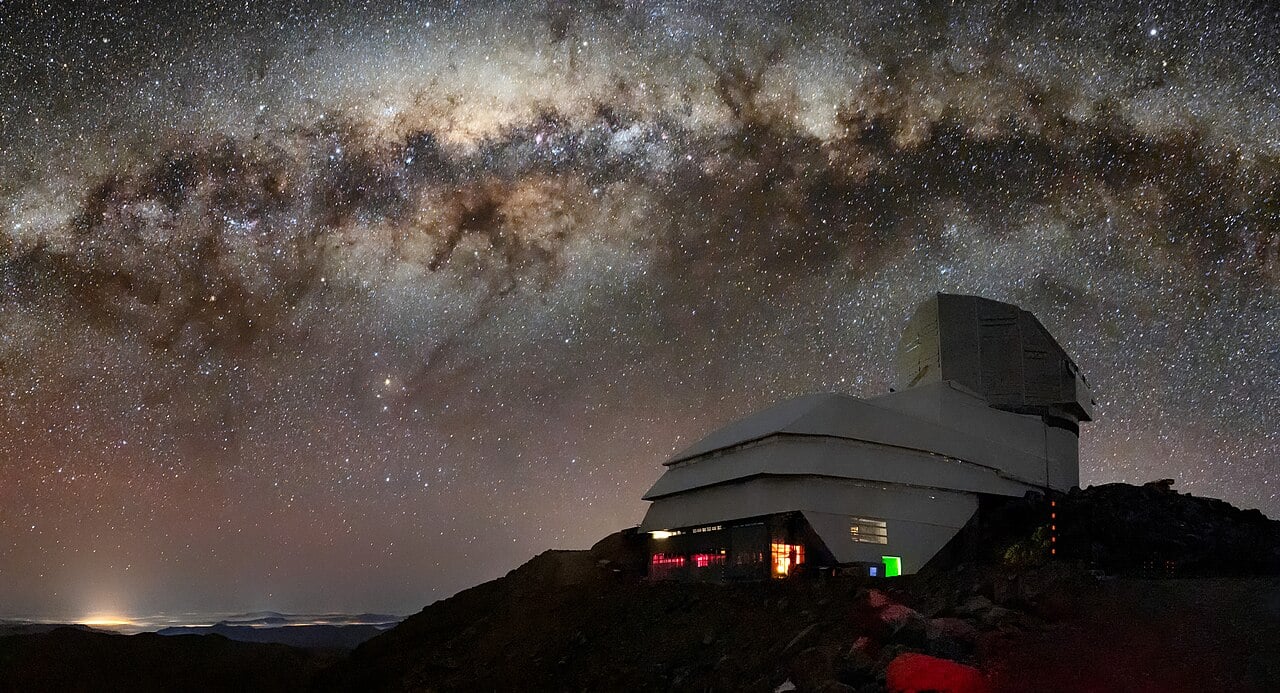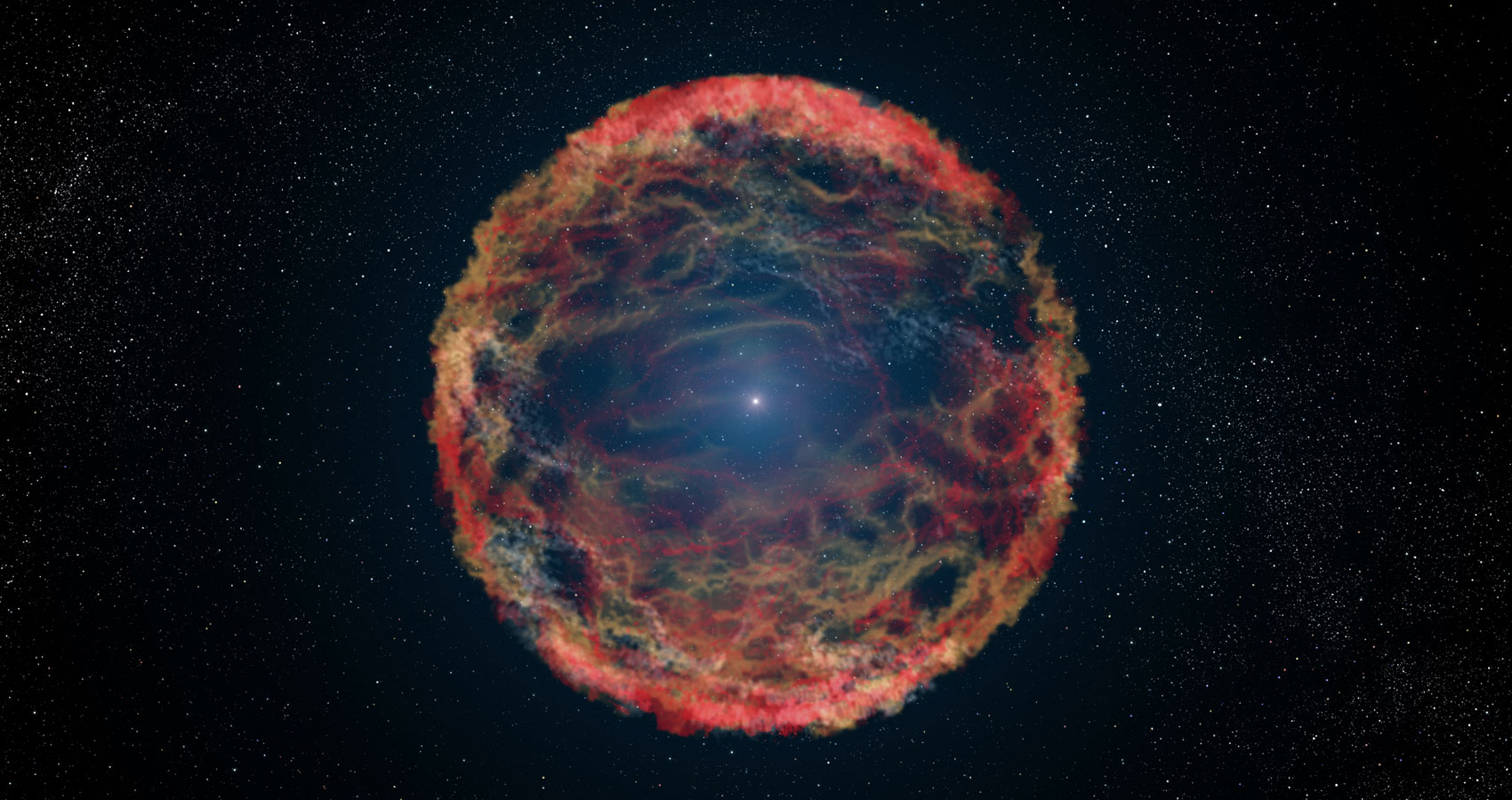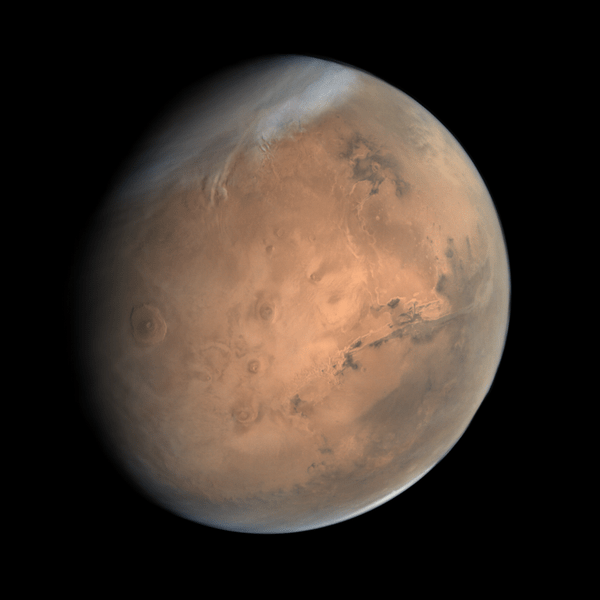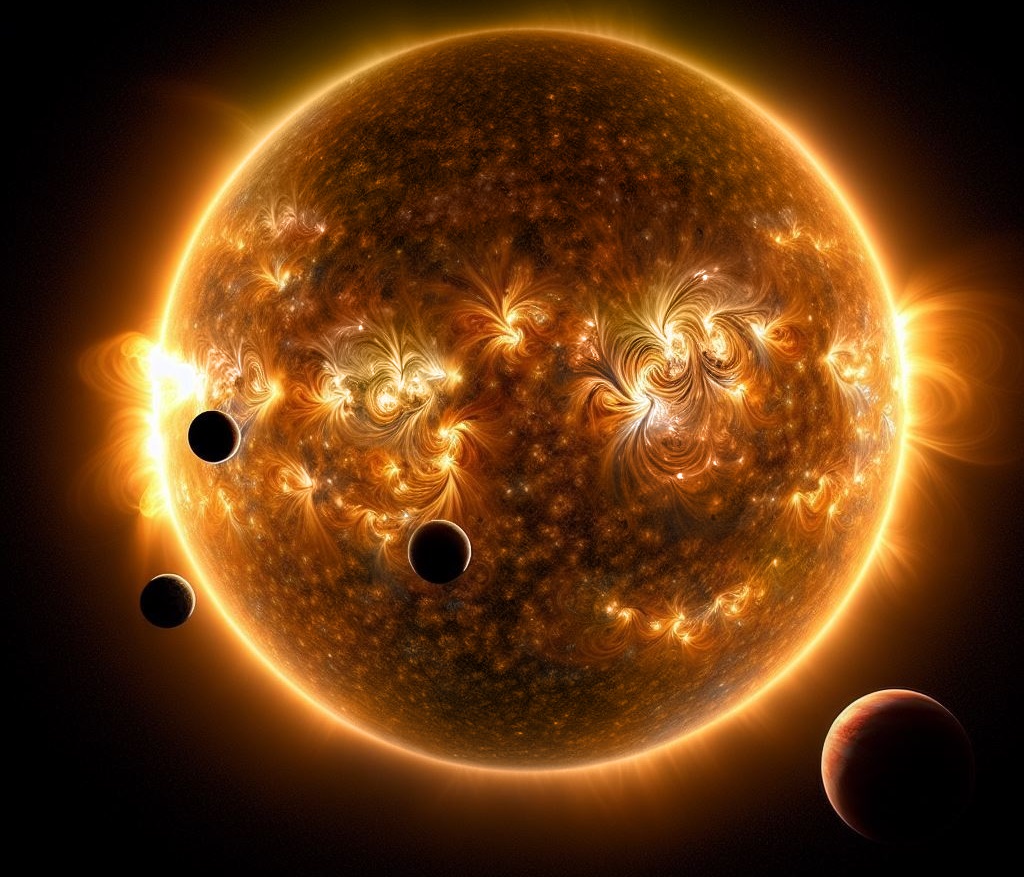
Several techniques have been developed to measure the mass of the Milky Way, providing a range of estimates. In a new paper, a team of researchers used data from ESA's Gaia spacecraft to measure the escape velocity of the Milky Way at different distances from the galactic center and calculated its total mass, including the dark matter halo. Their measurement of 640 billion solar masses aligns with other estimates but is on the lower end.
Continue reading
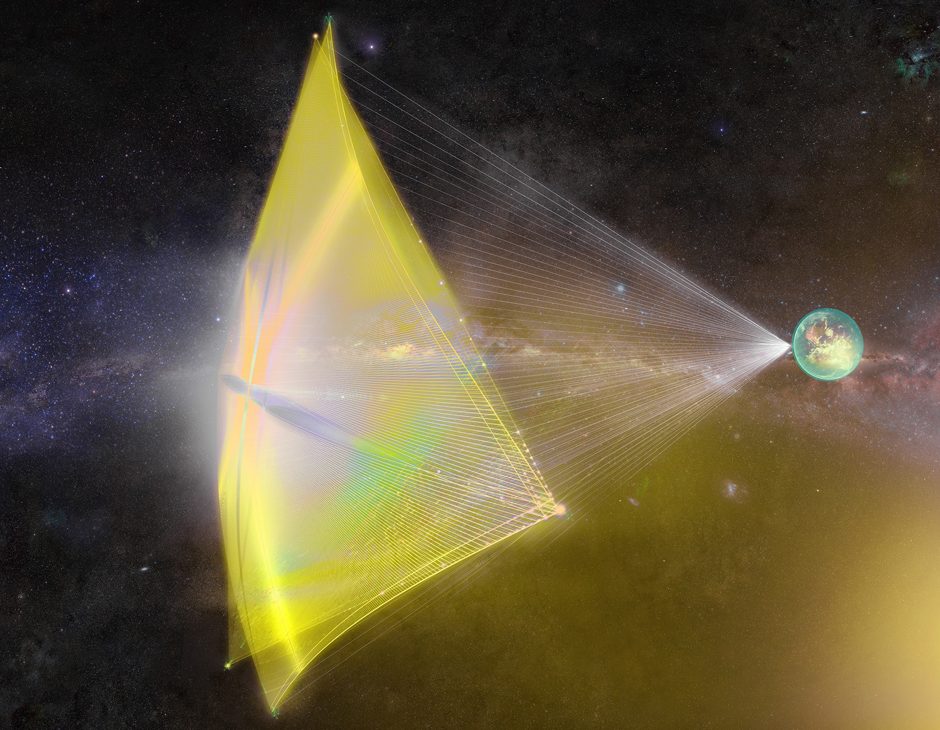
How can we send spacecraft to other star systems? One proposed by Breakthrough Foundation is the Starshot, which uses high-powered lasers to accelerate tiny spacecraft to 10% the speed of light. What keeps the sail balanced as the laser strikes it and accelerates it? A new paper suggests that the laser can be tuned so that the forces are balanced on the sail, automatically correcting if any dangerous oscillations build-up that could destroy the sail.
Continue reading
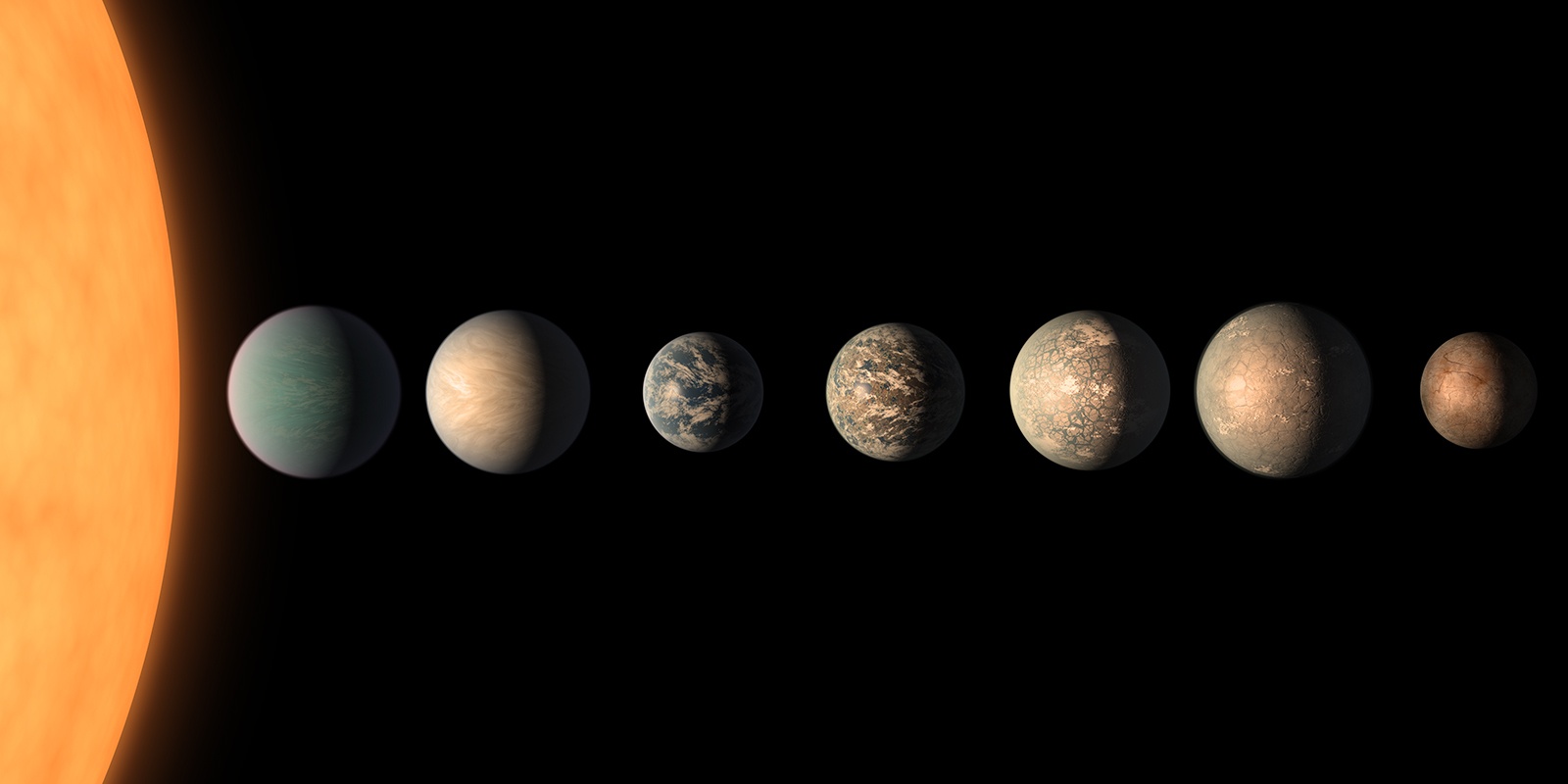
When the TRAPPIST-1 system was discovered, astronomers were elated to find seven Earth-sized worlds, three in the star's habitable zone. JWST has made follow-up observations and failed to detect atmospheres in the first two planets. What about the rest? According to a new paper, the solar winds and powerful flares should have stripped away the atmospheres from the rest of the planets within 100 million years of formation - they're long gone.
Continue reading
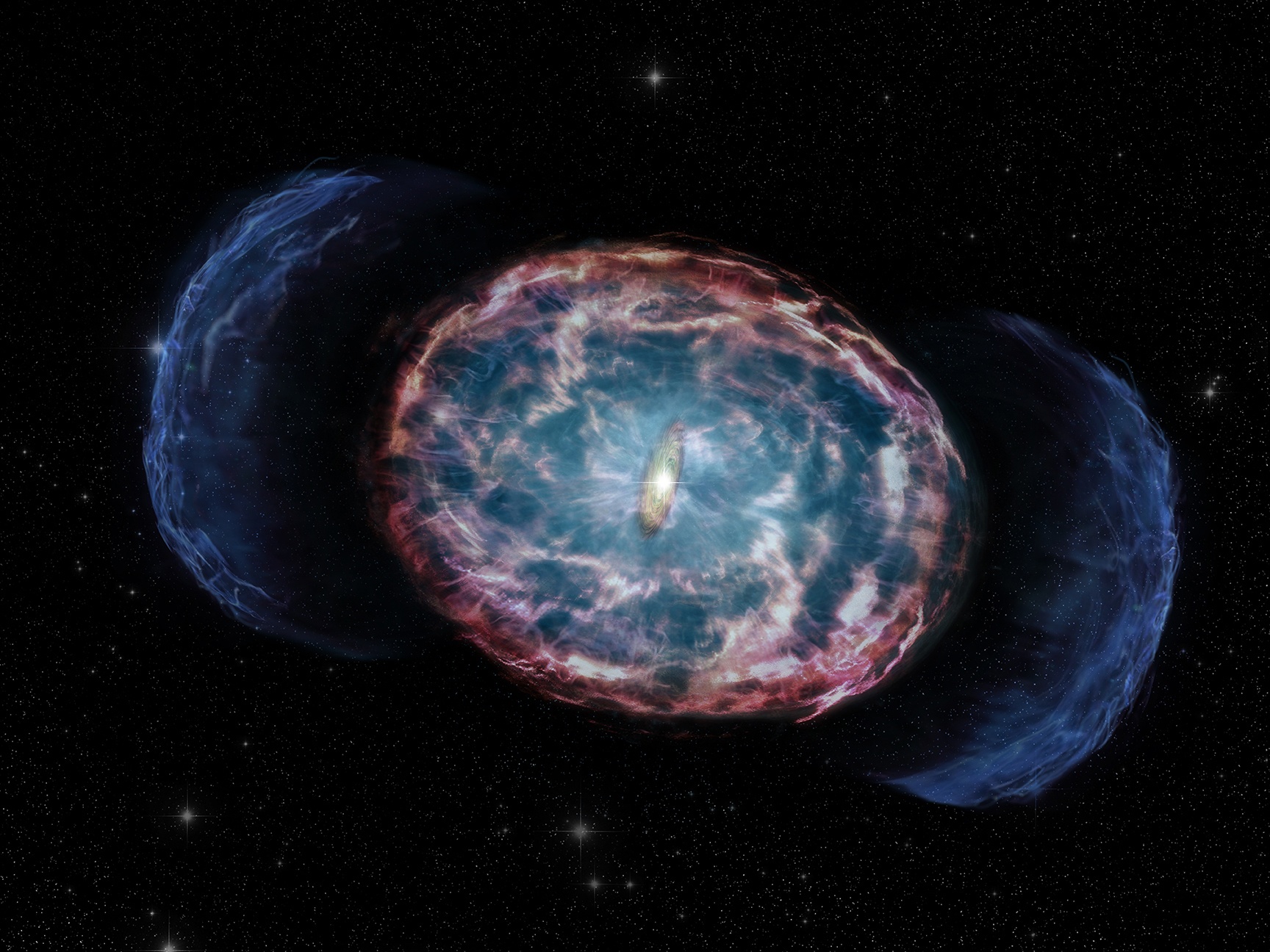
Neutron stars' collisions create powerful explosions, a type of gamma-ray burst known as a kilonova. What would it be like to be too close to a kilonova? Work has been done to calculate the risk of being in the beam of a gamma-ray burst, but a new paper looks at what would happen if you were off the axis to a kilonova. Researchers calculated that X-rays would be lethal to 3 light years, gamma rays out 13 light years, and cosmic rays could kill you at 36 light-years.
Continue reading
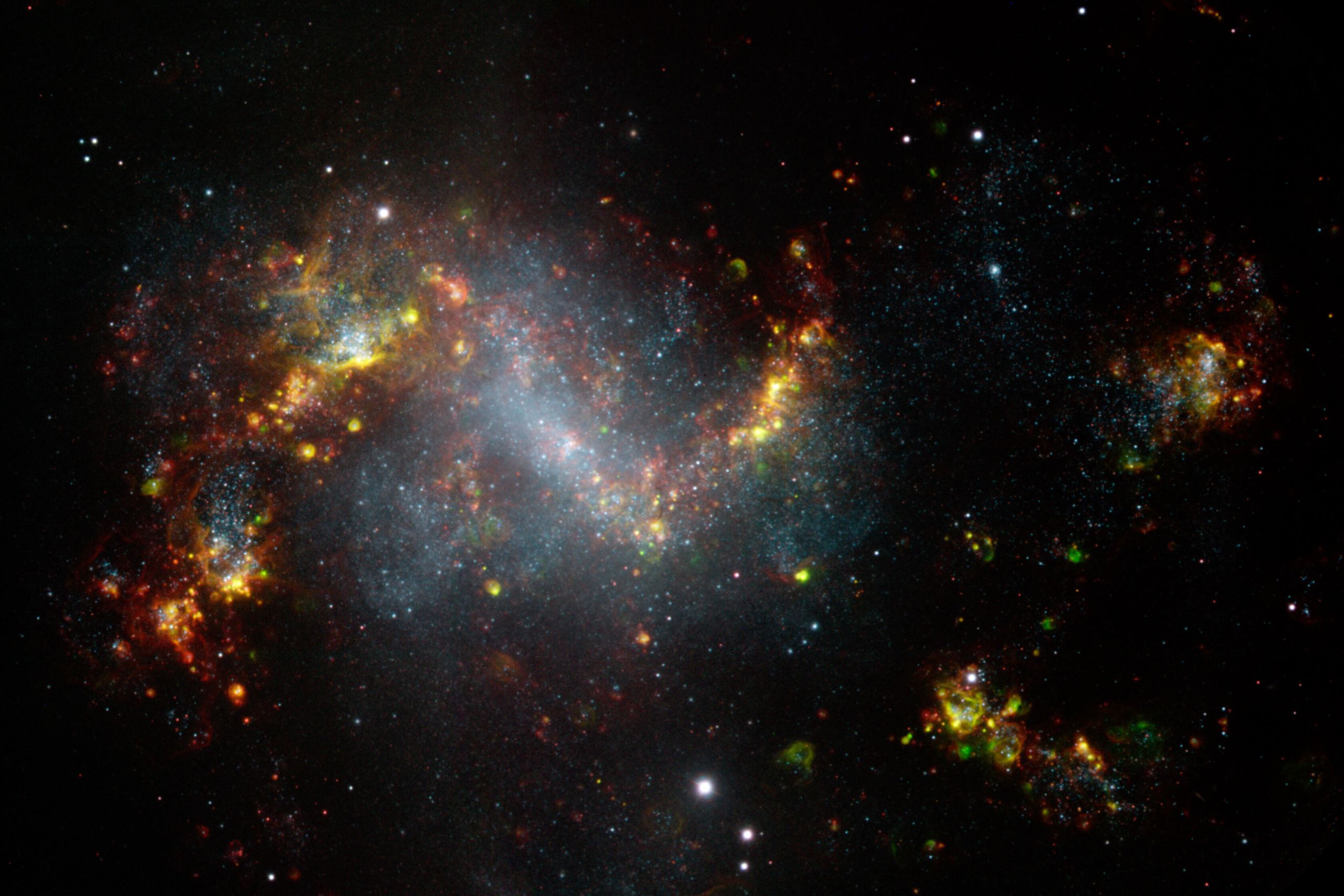
Astronomers aren't sure what dark matter is, but they carefully observe to determine which models best match the data. Astronomers have recently developed a method to measure the speed of dark matter compared to other objects in the Universe. As a cloud of dark matter moves past a galaxy, gravity pulls particles towards it in a curving trajectory. The speed of the dark matter can be measured through its effects on the galaxy and vice versa.
Continue reading




